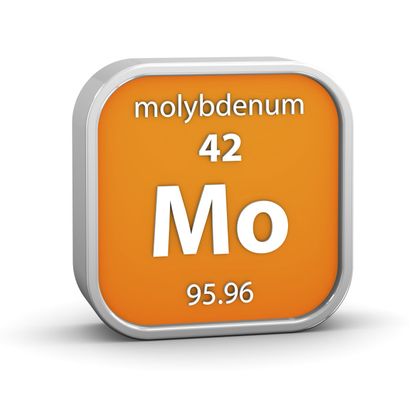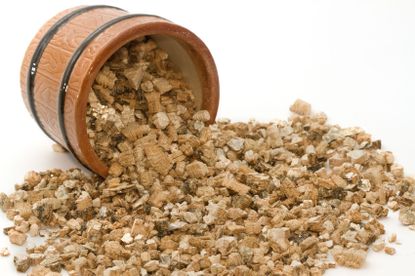Soil, Fixes & Fertilizers
Knowing how soil affects plant growth is important to growing a successful garden. Healthy soil means healthy plants. That said, it helps to learn about the different types of soil textures and how each can affect the garden. In addition, knowing about the various types of fertilizers for soil enhancement can help you learn how to improve soil health for growing healthy, happy plants. In the pages that follow, you will find numerous types of fertilizers to improve soil health and everything you need to know about the different types of soil.
-
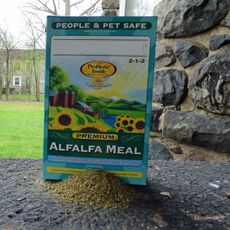
Fertilizing With Alfalfa Meal: How To Use Alfalfa Meal In The Garden
If you've ever been around horses, you'll know they love alfalfa meal as a tasty treat. Organic gardeners know it for another reason: it's a great natural fertilizing agent for blooming plants. Get more info here.
By Anne Baley
-
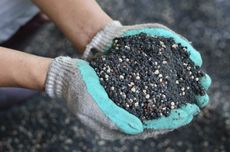
Soil Health Information: What Are Macro and Micro Elements In Plants
Macro and micro elements in plants are essential to healthy growth. They are found naturally in soil, but get depleted. That?s where fertilizer comes in. Read this article to learn more about common soil nutrients. Click here.
By Liz Baessler
-
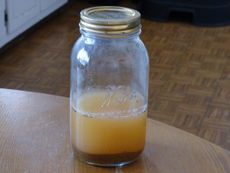
Mason Jar Soil Test - Tips For Taking A Soil Texture Jar Test
A little basic info about the texture of your garden soil can help you determine how the soil absorbs water and if it needs some amending. This article has information on using a DIY jar test to measure soil texture in your garden.
By Mary H. Dyer
-
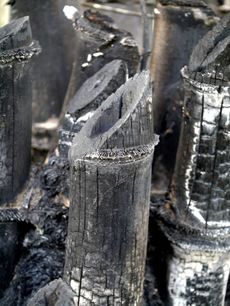
What Is Biochar: Information On Biochar Use In Gardens
Biochar is a unique environmental approach to fertilizing. Primary biochar benefits are its potential to combat climate change by removing harmful carbon from the atmosphere. So what is biochar? Learn more about biochar and its benefits in this article.
By Mary H. Dyer
-
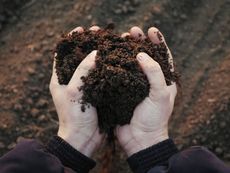
Sustainable Gardening Tips – Building A Sustainable Garden Soil
Build healthy soil to enhance your sustainable garden while reaping the rewards of more abundant crops and a more eco-friendly environment.
By Bonnie L. Grant
-
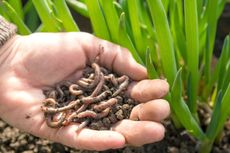
Adding Worms To A Compost Pile - How To Attract Earthworms
Learn how to attract earthworms for optimum plant health and porosity. This article provides tips and information on attracting worms to the garden and the benefits they offer.
By Bonnie L. Grant
-
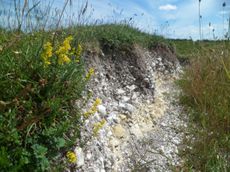
What Is Chalky Soil: Tips For Improving Chalky Soil
It?s common to hear reference to alkaline/acidic or sandy/loamy/clay when soil types are being explained. These may be categorized even further with terms like lime or chalky soil. Lime soils are pretty common, but what is chalky soil? Find out here.
By Darcy Larum
-
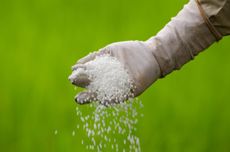
Understanding Nitrogen Requirements For Plants
Understanding nitrogen requirements for plants helps gardeners supplement crop needs more effectively. Adequate nitrogen soil content is necessary for healthy plants. Get more info in this article.
By Nikki Tilley
-
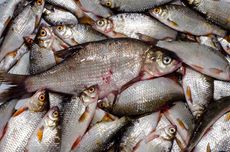
Using Fish Emulsion: Learn How And When To Use Fish Emulsion Fertilizer
Plants need light, water, and good soil to thrive, but they also benefit from the addition of fertilizer, especially organic. There are several organic fertilizers available – one type being fish fertilizer for plants. To learn more about fish emulsion, click the following article.
By Amy Grant
-
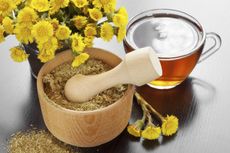
Organic Coltsfoot Fertilizer: How To Make Coltsfoot Fertilizer
Using coltsfoot leaves for fertilizer imparts healthful benefits to our green friends when applied as a tea or even as compost. Learn how to make coltsfoot fertilizer as part of your organic garden care ritual. This article will get you started.
By Bonnie L. Grant
-
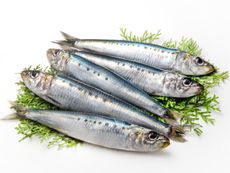
Fish Emulsion Fertilizer - Tips For Using Fish Emulsion On Plants
Fish emulsion benefits to plants and ease of use make this an exceptional fertilizer in the garden, especially when making your own. For more information on making and using fish emulsion, this article will help.
By Susan Patterson
-
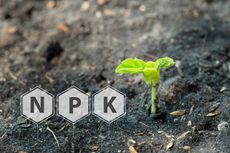
Lowering Phosphorus Levels – Correcting High Phosphorus In Soil
Testing and maintaining adequate soil nutrients is an essential aspect of growing a beautiful home garden. Monitoring and correcting high phosphorus levels in soil will be essential in ensuring optimal plant growth in the garden. Learn about high phosphorus here.
By Tonya Barnett
-
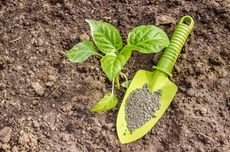
Potassium Rich Soil: Tips For Lowering Potassium Levels
Potassium is a critical nutrient that plants absorb from the soil, and from fertilizer. A little extra potassium generally isn’t cause for worry, but potassium-rich soil can be a problem. Click this article to learn how to reduce potassium in soil.
By Mary H. Dyer
-

Cat Or Dog Poop In Soil – Sanitizing Garden Soil After Pets Have Been There
Given that pets have a natural disregard for the sanctity of your tomatoes, how do you go about sanitizing garden soil? If there are pet feces in the garden, is disinfecting contaminated soil even necessary? Click this article for more information.
By Amy Grant
-
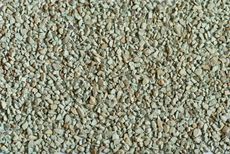
What Is Zeolite: How To Add Zeolite To Your Soil
If your garden soil is compacted and dense, thus incapable of absorbing and retaining water and nutrients, you might try adding zeolite as a soil amendment. Interested in learning about zeolite soil conditioning? Click here for tips on adding zeolite to soil.
By Amy Grant
-
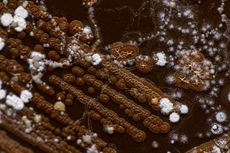
Soil Microbes And Climate: Learn About Soil Microbe Adaptation
Soil microbes are an important part of the soil system and are present and varied in all soils everywhere. These may be unique to the area where they are found and adapt to changing conditions there. But do soil microbes adapt to different regions? Find out here.
By Becca Badgett
-
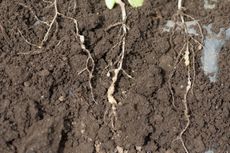
Soil Borne Disease Control: Organisms In The Soil That Can Harm Plants
For many home gardeners, nothing is more frustrating than crop loss due to unknown causes. Gaining a better understanding of soil borne organisms and pathogens can help growers develop a thorough grasp of soil and garden health. This article will help.
By Tonya Barnett
